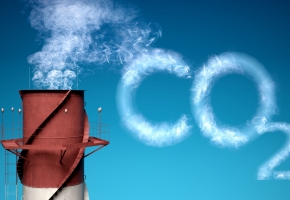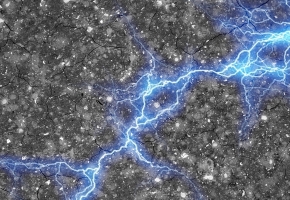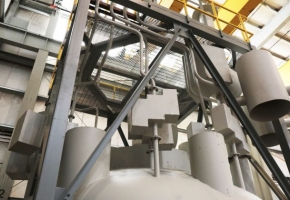Scientists confirm record highs for three most important heat-trapping gases

The levels of the three most important heat-trapping gases in the atmosphere reached new record highs again last year, US scientists have confirmed, underlining the escalating challenge posed by the climate crisis.
The global concentration of carbon dioxide, the most important and prevalent of the greenhouse gases emitted by human activity, rose to an average of 419 parts per million in the atmosphere in 2023 while methane, a powerful if shorter-lasting greenhouse gas, rose to an average of 1922 parts per billion. Levels of nitrous oxide, the third most significant human-caused warming emission, climbed slightly to 336 parts per billion.
The increases do not quite match the record jumps seen in recent years, according to the National Oceanic and Atmospheric Adminstration (Noaa), but still represent a major change in the composition of the atmosphere even from just a decade ago.
Through the burning of fossil fuels, animal agriculture and deforestation, the world’s CO2 levels are now more than 50% higher than they were before the era of mass industrialization. Methane, which comes from sources including oil and gas drilling and livestock, has surged even more dramatically in recent years, Noaa said, and now has atmospheric concentrations 160% larger than in pre-industrial times.
Because of a lag between CO2 levels and their impact, as well as the hundreds of years that the emissions remain in the atmosphere, the timescale of the climate crisis is enormous. Scientists have warned that governments need to rapidly slash emissions to net zero, and then start removing carbon from the atmosphere to bring down future temperature increases.
Source: The Guardian







